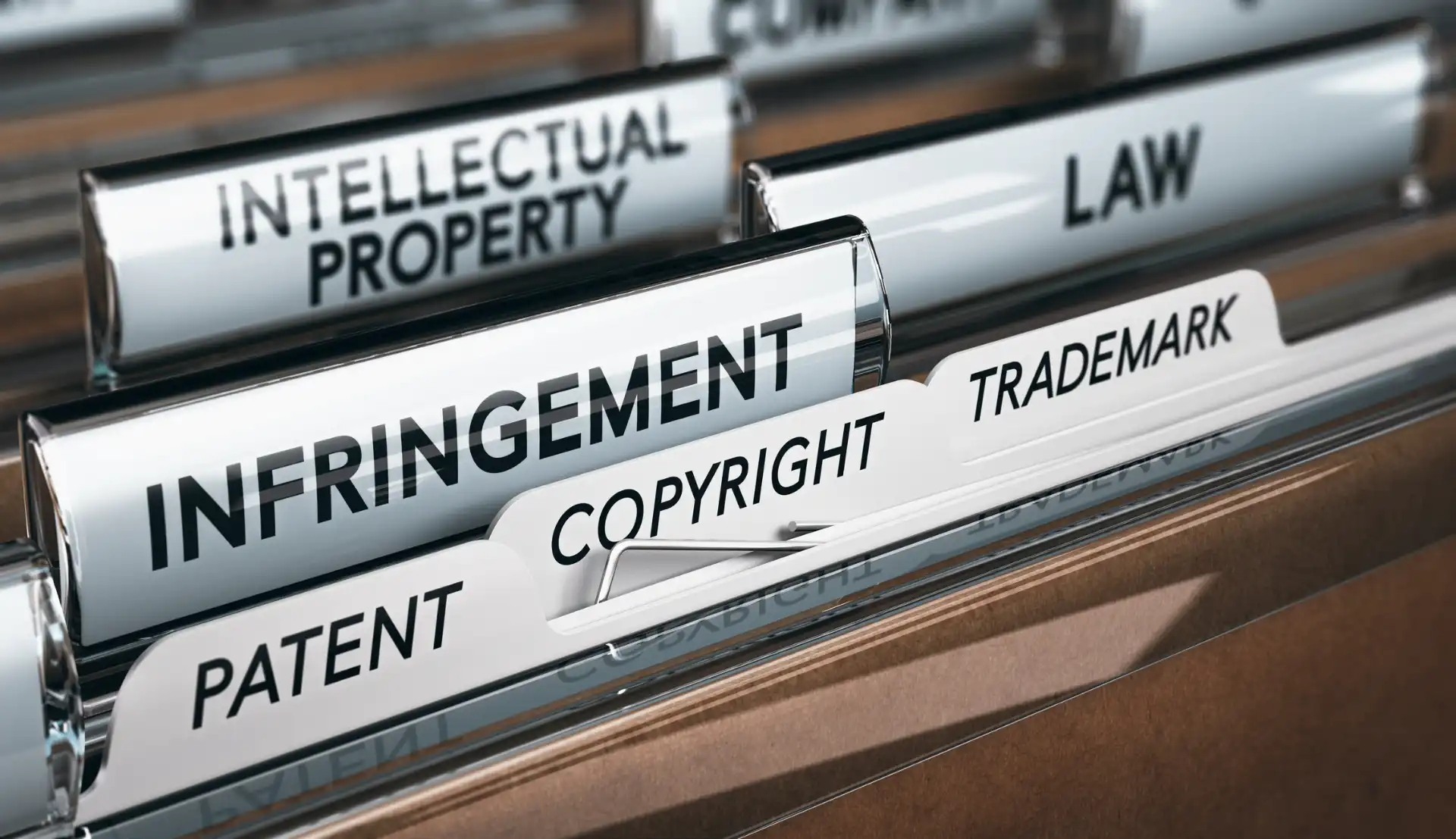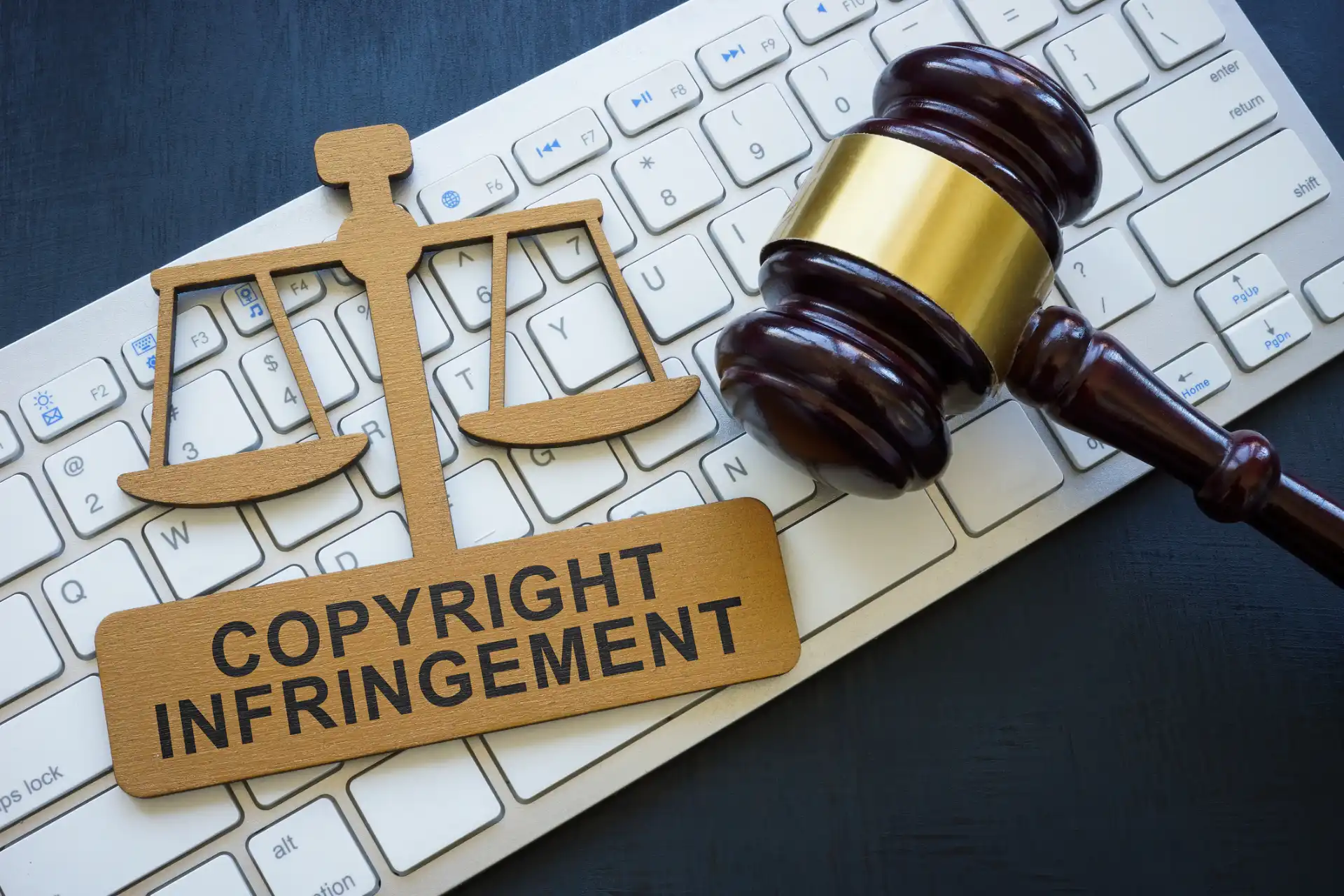Patent lawsuits in 2024 reached new heights, reshaping the landscape for innovators and established companies alike. A surge in high-stakes patent infringement cases dominated headlines, with U.S. courts delivering 72 jury verdicts and awarding a staggering $4.19 billion in total damages. These outcomes highlight just how costly—and consequential—patent disputes have become.
- Financial impact: Twelve court victories topped $100 million each, while several more delivered verdicts between $40 million and $100 million.
- Industry reach: The most active sectors included AI, cloud computing, semiconductors, software, consumer electronics, and biopharma—industries where intellectual property is critical to competitive advantage.
- Notable players: Household names such as Samsung Electronics, Amazon Web Services, Apple, Nokia, and major pharma companies found themselves at the center of these high-profile battles.
For creators and businesses, understanding the top patent infringement cases of 2024 is not just about following legal drama—it’s about survival and growth in a rapidly shifting environment.
Key takeaway: Staying informed on the implications of these landmark cases helps creators and companies navigate risk, strengthen their IP strategies, and adapt to evolving legal standards.
Top 5 Patent Infringement Cases of 2024
 Patent litigation in 2024 delivered some of the highest damage awards in recent memory. With jury verdicts totaling $4.19 billion across the United States, a select group of cases stood out for their sheer financial impact and the industries they involved.
Patent litigation in 2024 delivered some of the highest damage awards in recent memory. With jury verdicts totaling $4.19 billion across the United States, a select group of cases stood out for their sheer financial impact and the industries they involved.
Major Cases with Damages Exceeding $100 Million
- General Access Solutions vs. Cellco Partnership (Verizon Wireless)
The largest single award in 2024 came from this headline-grabbing dispute. General Access Solutions secured an $857 million verdict against Verizon Wireless, making it a landmark case for both the telecom and tech sectors. The case centered on patented network access technologies critical to mobile communications infrastructure—a segment where even incremental innovations can drive billions in revenue.
- Amazon Web Services Patent Dispute
Amazon Web Services faced a $302 million damages award tied to alleged infringement of cloud storage and AI-related patents. This case highlights the escalating stakes as cloud providers integrate proprietary AI algorithms, often blurring lines between original development and competitor overlap.
- Samsung Electronics Semiconductor Case
Samsung was ordered to pay $275 million in a case involving semiconductor fabrication patents. With semiconductors forming the backbone of modern electronics, this dispute underscored how patent portfolios are wielded as strategic weapons among industry giants.
- Apple Mobile Device Technology Lawsuit
Apple’s $168 million damages loss revolved around mobile device interface technologies—an area where incremental innovation is highly contested and rapid product cycles create ongoing legal exposure.
- AstraZeneca Biopharma Litigation
AstraZeneca faced a $120 million verdict relating to pharmaceutical formulation patents. The biopharma industry remains vulnerable to high-stakes patent disputes as companies race to protect blockbuster drugs and biosimilars.
Industries Involved
The following industries have been significantly impacted by these major patent infringement cases:
- Telecommunications: Network access and data transfer patents dominate, with telecom giants frequently targeted due to scale.
- Cloud Computing & AI: As AI integration accelerates, disputes focus on proprietary algorithms, cloud infrastructure, and data management.
- Semiconductors: Patent portfolios are aggressively protected by both established players and upstart innovators.
- Consumer Electronics: Device makers face near-constant litigation over interface design, hardware integration, and user experience patents.
- Biopharma: Life sciences see persistent litigation over drug formulations, delivery methods, and biosimilar competition.
Financial Impact
These major cases set new benchmarks for damages:
- Awards exceeding $100 million no longer represent outliers but a recurring outcome in high-value sectors.
- Significant portions of these awards stemmed from findings of willful infringement—triggering enhanced damages under U.S. law.
- Public companies facing such judgments experienced immediate market reactions, operational shifts, and renewed emphasis on R&D legal review.
The ripple effects extend beyond headline numbers—shaping how companies approach IP strategy, risk mitigation, and competitive positioning across industries prone to rapid technological change.
Key Industries Involved in Patent Disputes
Patent disputes in 2024 cut across a spectrum of high-stakes industries, each grappling with unique intellectual property risks. The scale and frequency of litigation highlight the financial and strategic importance of patents, particularly as technologies converge and competition intensifies.
Industries Leading Patent Litigation:
- Telecommunications and Wireless:
- The General Access Solutions vs. Cellco Partnership (Verizon Wireless) case stands out, setting a new benchmark with its $857 million damages award—the largest in recent years. This dispute signals how telecom giants remain prime targets due to their extensive patent portfolios and market reach.
- Artificial Intelligence (AI) & Cloud Computing:
- Companies like Amazon Web Services are frequently named defendants, reflecting the explosion in AI-related patent filings and the vital role of cloud infrastructure in modern tech ecosystems.
- Semiconductors & Consumer Electronics:
- Samsung Electronics and Apple continue to feature prominently in major cases, often facing claims involving chip design, mobile devices, or interface technologies. High damage awards underscore the competitive stakes in this sector.
- Software:
- Patent claims targeting software functionality remain prevalent, sweeping up industry leaders whose platforms serve millions globally.
- Biopharma:
- Firms such as AstraZeneca are embroiled in disputes over pharmaceutical formulations, delivery systems, and biotechnological innovations—areas where patent protection directly impacts revenue streams.
The Top 5 patent infringement cases of 2024 reflect the necessity for robust IP strategies across these sectors. Notable defendants from each industry face mounting pressure to defend their innovations while navigating evolving legal standards.
Active litigation across these fields is not only shaping competitive dynamics but also setting precedents that creators must track closely.
Active Venues for Patent Disputes in 2024
Patent litigation in 2024 concentrated in a few key federal districts known for their experience and influence over high-stakes intellectual property cases.
This district continues to lead as the most active venue for patent disputes. The General Access Solutions vs. Cellco Partnership (Verizon Wireless) case, which awarded an industry-shaking $857 million in damages, highlights its status as a forum of choice for plaintiffs seeking significant awards. The local jurisprudence, perceived plaintiff-friendliness, and experienced judiciary attract both major corporations and smaller innovators to this region.
Delaware’s reputation rests on its streamlined procedures and judges well-versed in complex patent law. Many Fortune 500 companies are incorporated here, making it a natural battleground for patent litigation involving tech giants and biopharma leaders. Multiple major cases with damages exceeding $100 million were decided here, reinforcing its significance.
Emerging as a formidable venue, the Western District draws technology-related cases due to its Austin tech hub and efficient case management. Its growing docket includes substantial verdicts in AI, cloud computing, and semiconductor disputes.
Plaintiffs select venues not only for legal strategy but also based on precedent-setting potential and speed to trial.
Each district shapes the landscape by setting benchmarks on damages, such as the record-setting $857 million award in the Eastern District of Texas. This regional diversity influences outcome predictability and must be factored into strategic decision-making for both creators and companies facing or initiating litigation.
Evolving Legal Issues and Findings Impacting Patent Litigation Outcomes
Impact of Willful Infringement Findings on Damages Awards
Willful infringement findings can significantly increase damage awards. For example, in the case of General Access Solutions vs. Cellco Partnership (Verizon Wireless), the largest damages award of $857 million was not only due to patent infringement but also because of willful infringement. This shows how important it is for companies to avoid actions that could be seen as willful violations, as such findings can triple the compensatory damages.
Courts’ Rulings on Evolving Legal Issues in Patent Litigation
In 2024, courts addressed several evolving legal issues that are changing patent litigation outcomes:
- Double Patenting in Pharma: The case Allergan v. MSN Labs dealt with double patenting challenges, which involve the same invention being patented more than once. This ruling is crucial for pharmaceutical companies aiming to extend market exclusivity.
- Design vs. Utility Patents: In LKQ Corp. v. GM, stricter rules were imposed on design patents compared to utility patents, impacting industries heavily reliant on innovative designs.
- Anti-Suit Injunction Thresholds: The decision in Ericsson v. Lenovo set new precedents for international patent disputes, especially concerning anti-suit injunctions that prevent parties from pursuing litigation in foreign courts.
- Marketing-Induced Infringement: The ruling in Amarin v. Hikma highlighted how marketing practices could lead to induced infringement claims, stressing the need for cautious marketing strategies.
- Limits on New Litigation Theories Post-Trial Decisions: Finally, WARF v. Apple showcased limitations on introducing new theories post-trial, emphasizing the importance of a well-prepared initial case strategy.
These rulings highlight the necessity for creators and companies to stay informed about legal developments and adapt their strategies accordingly.
Implications for Creators and Companies Navigating Patent Litigation Risks and Opportunities
Understanding the importance of strategic planning in patent filings and litigation is essential. A well-thought-out strategy can protect intellectual property, reduce litigation risks, and maximize potential financial benefits.
Key Considerations:
- Strategic Planning in Patent Filings: Ensuring comprehensive documentation and clarity in patent applications.
- Conducting thorough prior art searches to avoid potential disputes.
- Litigation Planning: Engaging with experienced legal counsel to navigate complex patent laws.
- Preparing for potential infringement claims by maintaining detailed records of R&D processes.
Recognizing the differences between design patents and utility patents is also crucial. While utility patents protect new inventions or functional aspects of products, design patents cover the ornamental design of a functional item. Each type has distinct legal requirements and implications:
- Design Patents: Easier to obtain but typically offer narrower protection.
- Commonly used in industries like fashion and consumer electronics.
- Utility Patents: Provide broader protection for inventions but are more challenging to secure.
- Essential in sectors such as biotechnology, software, and semiconductors.
By understanding these differences, creators and companies can make informed decisions about which type of patent best suits their needs, helping them manage intellectual property effectively in an ever-changing legal environment.
Vigilance in Emerging Technology Sectors like AI: A Necessity for Creators and Companies
 The rapid increase in AI-related patents is changing the legal landscape. Since 2019, over 480,000 AI patent applications have been published worldwide, with China leading the way. This significant growth indicates increased competition—and greater legal risks—in the AI industry.
The rapid increase in AI-related patents is changing the legal landscape. Since 2019, over 480,000 AI patent applications have been published worldwide, with China leading the way. This significant growth indicates increased competition—and greater legal risks—in the AI industry.
Key trends shaping patent risk in AI and emerging technologies:
- Volume and Complexity: The large number of new filings raises the chances of overlapping claims and unintentional infringement. AI inventions often depend on broad, fundamental ideas that can lead to disputes over what qualifies as original or non-obvious innovation.
- Litigation Risks: Major companies like Amazon Web Services and Google regularly face challenges regarding machine learning models, data processing methods, and neural network architectures. Startups are often targeted by non-practicing entities (NPEs) seeking settlements instead of market share.
- Global Enforcement: Patent holders are now using international venues to enforce their rights, creating a patchwork of risks for companies operating in multiple countries.
- Strategic Filings: Companies are filing both utility and design patents covering everything from user interfaces to underlying algorithms, making it crucial to review portfolios for gaps or weaknesses.
To stay ahead, it is important to continuously monitor litigation risks in the AI sector, have a strong IP strategy, and be aware of evolving legal standards specific to emerging technologies.
Conclusion
The Top 5 patent infringement cases of 2024 showcases the evolving legal standards and expanding technology scope. With jury verdicts reaching billions, it highlights the significant stakes for both established companies and new innovators.
For creators and businesses, these outcomes serve as a reminder of the importance of:
- Strategic patent filings
- Understanding legal trends
- Staying vigilant in fast-evolving industries like AI
By staying aware of changes in litigation risks and compliance expectations, you can protect your innovations and seize opportunities in a rapidly changing environment.
